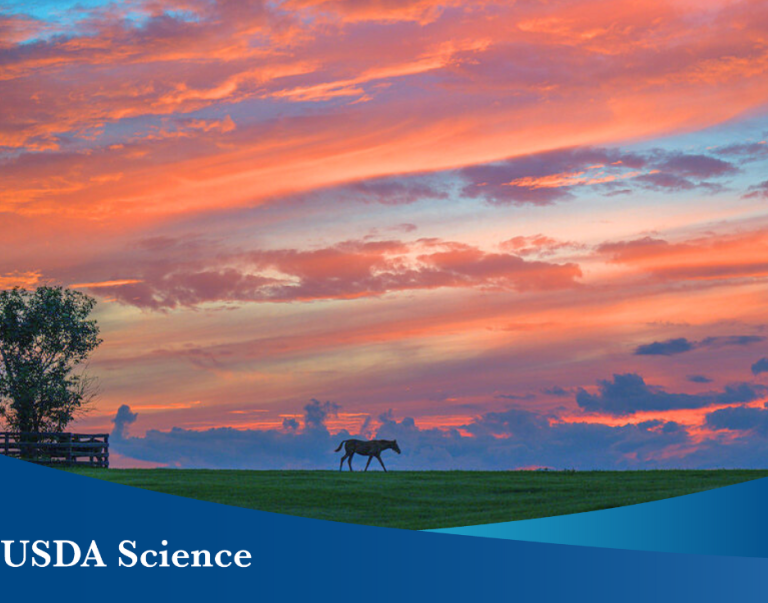
Last fall, USDA brought together a group of Natural Resources Conservation Service (NRCS) Conservation Innovation Grant (CIG) awardees, state policymakers, and other stakeholders involved in one of the most challenging nutrient management initiatives in the Chesapeake Bay Watershed: enabling water quality trading markets.
Water quality trading offers flexibility to those required to improve water quality in the Bay: power plants, wastewater treatment plants, new developments, and agricultural producers, among others. It allows those facing high costs of water quality improvement to reduce those costs, working with farmers to improve water quality on their behalf, thus providing farmers with additional income streams and the opportunity to significantly increase the scope of conservation practices on their land.
This was the third time the NRCS-led group met this year in an effort to support CIG awardees who received 2010 and 2012 grants to explore and expedite water quality trading in the Bay states. Past meetings focused on identifying obstacles to market development and engaging Environmental Protection Agency (EPA) in state trading efforts. This month, the focus centered on how USDA can help support the development of robust water quality trading programs in the Chesapeake Bay Watershed.
Throughout the meeting, it became clear that there’s a lot that USDA can do—and is doing— to support water quality trading. The NRCS grants enabled pilot projects, state planning and policy development, tools to track and register offsets for trade, and calculation tools for farmers to estimate the offsets they can sell based on different management practices. USDA’s Office of Environmental Markets is working with partners such as Penn State University and the World Resources Institute to do research and analysis on policy options and economics of trading in the Bay, which can help states prioritize market efforts.
Though progress has been made, there is still much to be done. About a quarter of the land in the watershed is used for agricultural production, and producers’ management decisions can affect water quality in the Bay many miles upstream. By providing producers with new funding for conservation, water quality trading presents an opportunity to improve resources in the Chesapeake. USDA is continuing to provide support for states, producers, and others involved in the development of water quality markets—which may one day lead to a healthier Bay.
Recently, Agriculture Secretary Vilsack announced the results of a study showing a reduction in sediment runoff and pollutants from farms in the Chesapeake Bay watershed. To read more click here.


